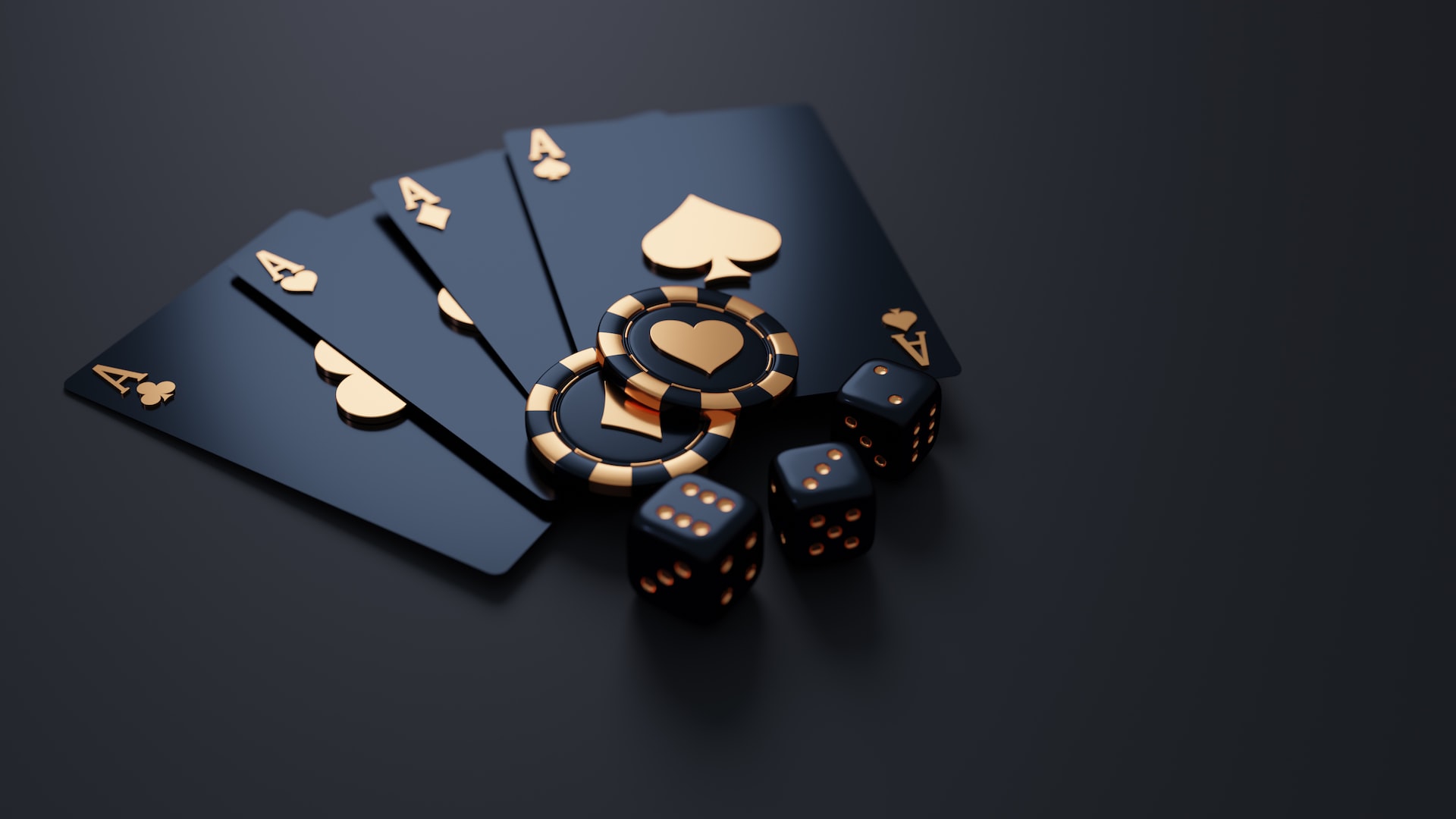This strategy aims to cover some of the simple components of playing blackjack and using strategies. We will cover a few different topics, and although the basic nature might turn you off – don’t skip over this chapter!
It might be the basics, but look at it this way – these basic principles are the necessities for success with blackjack games.
So, let’s dive straight into things with the basics of blackjack strategy.
What is Blackjack Strategy
There is no foolproof method to guarantee wins in blackjack. However, implementing one of the popular blackjack strategies with optimal gameplay will undoubtedly increase your winning chances.
What is excellent about blackjack strategy is that it comes in many different forms.
Regardless of whether you add structure to your gambling with betting systems, kicked things off with the simple aspects like knowing the card values like the back of your hand, or mastered the art of counting cards.
Using blackjack strategies will help you transition from the odd win here and there – to becoming successful with lucrative chances of increasing your money.
Strategies Don’t Have to Be Hard and Confusing
The basic premise of blackjack games is that players need to make decisions on every hand. Will they split, double down, stand, or hit? This decision will make or break the round, and while knowing what the best play is to make can be tricky at first – it doesn’t have to be.
When it comes to strategies, players are often guilty of over-complicating the process.
Sometimes the best strategies are the most straightforward. There is no correlation between confusion, difficulty, and win potential.
You can start today with a blackjack strategy by merely focusing on:
- Knowing when to split a pair to give yourself the best odds of winning
- How to dance around a soft total, i.e., when you are dealt an ace
- Understanding precisely what is the best-case scenario depending on certain hard totals
- Knowing what to do and when to surrender when a dealer doesn’t have a blackjack
The components above are all part of excellent blackjack strategies, and with practice, you could know the best move to make regardless of the situation.
What You Need to Know First: The Basics
Blackjack is popular because of its straightforward nature and simplicity behind the game rules. That being said, it’s not uncommon for players to come un-done on the basics. These smaller rules or quirks can often be the deciding factor between coming out ahead and losing a fair chunk of your bankroll at the end of a session.
Not all is lost, though. Come to terms with the basics below, and you’ll have taken a massive step forward towards cracking the blackjack code!
Rules May Change
There are many different blackjack game variations, and some of the rules might change depending on the game. The most common rule that you will see changes is the ability to surrender.
Beat the Dealer; Not 21
If you draw a hand that happens to be a natural 21, i.e., a points value of 21, you are likely to win 1.5 times your bet without drawing further cards. This is the average, but casinos will differ.
Now, the game is not about getting as close to 21 – it’s actually to just beat the dealer by getting a hand value as close to 21 without going over.
How the Game Plays Out
Players will draw two cards to start. The dealer will also draw cards, with one of the dealer’s cards being visible to players. Both of the players’ cards are dealt face up.
We recommend checking out how to play blackjack guide for a refresher on the full rules and a breakdown of some advanced aspects of the game. You can also follow this up with our winning blackjack guide.
Understanding Card Values
It might not feel like it from first glance, but learning how to play and getting a grasp of the card values is quite straightforward in blackjack. To make things better, in terms of the cards – only the number is really worth anything.
What we mean is, the suit or color of the cards is insignificant to the card values.
This doesn’t mean you can’t slip up with blackjack cards’ values, though, especially as a beginner.
In games of blackjack, the following cards all have the same value at ten points:
So, there is no difference between any of those face cards – the jack, queen, and king – they’re all worth ten points.
It’s not all this straight-shooting, though, because the ace card has a trick up its sleeve. In blackjack, the ace has two values, and the value it becomes will always be to your benefit. The ace can be worth one point, or it can be worth 11 points.
For an example of how this works, consider the following examples:
- You draw an ace and a three in your starting hand, which gives a starting value of four or 14. If the next card you draw is an eight, then the ace has a value of one and gives your hand a total value of 12. The ace becomes a one because if it were 11, then the hand would bust as it would exceed a value of 21.
- In the same example, if you would instead draw a five as your next card, the ace would have a value of 11 – giving your hand a total value of 19 (three, five, and 11)
When your starting hand consists of an ace and one other card, this is commonly referred to as a soft – with the ace being the focal point as it could go either way.
What’s the Deal with Card Counting in Blackjack
Counting cards is a technique that requires plenty of practice to master. It isn’t overly difficult to use, but counting cards properly certainly isn’t a calm walk in the park either. This technique is founded on simple mathematics to keep track of the rolling status of a hand. The hand’s status is as to whether the hand is more likely to favor the dealer or the player and whether players should keep the wagering low or bet higher.
This works by keeping an ongoing track of how many small and large value cards have been dealt or used and how many would be remaining in the deck.
If players can use card counting properly, the technique can reduce the house edge to less than 1%. Don’t be too quick to jump in, though, as most card counting techniques require optimal play to reach these levels of reduction.
Counting Cards with the Hi-Low Strategy
While there are a few iterations, the straightforward card counting strategy is the hi-low method. This simple method involves tagging the cards with a value, either minus one, zero, or plus one, onto your running count.
With this running count, players can quickly see an approximation of whether the deck is leaning in favor of the player or back towards the house. If it’s looking like the player is on top, increase your bets.
However, if the favor is sitting with the dealer, this is the time to reduce your bets or stop playing. If you stop playing, just remember to observe the play and keep counting!
Card Values for the Hi-Low Strategy
- Low cards are tagged with plus one to the running count. Low cards include two, three, four, five, and six. When low cards are removed from the deck, the player is at an advantage
- The middle or other cards have a tag of zero, which means no change to the running count. These cards include the seven, eight, and nine and don’t have much of an impact
- High cards are given the tag of minus one, and their removal from the deck puts the advantage back into the houses favor
Card Counting in Multiple Deck Games
Counting cards is viable in blackjack games where the shoe consists of multiple decks of cards. It does make things much harder, though, when compared to single-deck games. Unfortunately, single-deck games are rare, and typically you will be playing games with a shoe that consists of between three and five decks.
These multi-deck games will require players to add an extra step into the process. This further step includes the added decks in your running count by working out the ‘true count’.
To normalize your running count, all you do is divide the running count by the total of unplayed decks in the shoe – so typically, this might be five or three depending on where things are.


